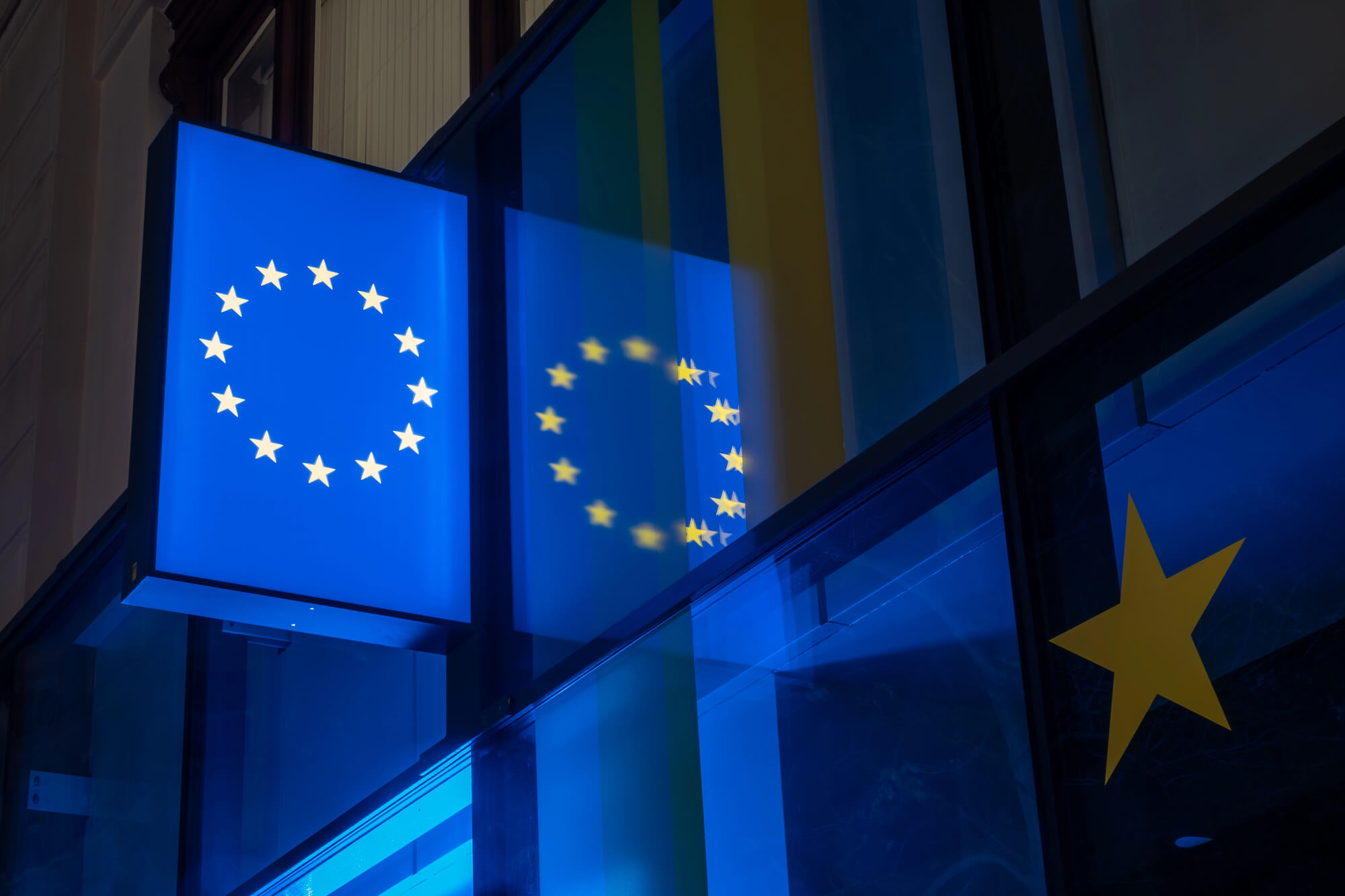Words about benefits for Ukraine from the implementation of the Association Agreement with the EU sound everywhere: in media, Parliament, public transport. However, not all the messages explain the origin of advantages for the country. For this reason let’s have a look on a few facts, which explain why Ukraine may benefit from the convergence with the EU and what obstacles can prevent the country from fulfilling its Eurointegration aspirations.
A Few Facts in Support of Ukraine’s Convergence with the EU
Ukraine may benefit a lot from the state reformation according to the provisions of signed last year Association Agreement (hereinafter – AA) and convergence with the EU, but only if it sticks to this direction without hesitation and provides deep structural reforms in reality, not only in words. Because of empty promises and constant complaints of Ukrainian government on war conditions and other difficulties as well as slow pace of reforms, Ukraine is under the threat to lose credibility of the EU and other foreign partners.
However, let’s have a closer look on the profits that the convergence with the EU may bring to Ukraine.
First of all we need to mention opportunities of GDP and welfare growth. For instance, Institute for Economic Research and Policy Consulting and German Advisory Group estimate that implementation of the Agreement would bring benefits of 4.3% of welfare growth over the medium run and 11.8% in a long run [5]. Though, according to the recent data from the European Commission the effect from the DCFTA implementation may occur even more significant in a mid term – 6% of additional GDP [1].
Sectors that would benefit the most from DCFTA implementation are wearing textiles, agriculture and food products, vegetable oil and non-ferrous materials as well as IT industry.
The next important issue is the implementation of EU standards in production. Ukrainian people will benefit a lot from implementation of the EU production standards because products and services will become of higher quality and safer for health.
Moreover, the concern that Ukrainian companies will suffer from introduction of the EU standards is exaggerated. Although the AA requires that producers based in Ukraine adopt certain EU standards, such a change will be phased in over time and should be manageable. While this will cause some change in operation for many companies, in the long term results will be positive: Ukrainian companies will be rewarded with easier access to the EU market and become more competitive globally, as EU standards are widely recognized worldwide. Modernization of the Ukrainian industry is urgently needed in any case: the requirement to introduce international production standards is an essential part of that modernization process. A combination of targeted assistance, investment and advice will help the process of adjustment [1].
At the same time objections that the introduction of EU standards by Ukrainian companies will prevent them from trading with Russia and other post-Soviet countries is far from reality. The EU is the main trade partner of Russia. This proves that EU standards do not prevent EU companies from exporting to Russia. Indeed there are no obstacles under DCFTA for Ukrainian companies to produce products with certain specific for markets of members of the Custom Union.
Ukrainian economy may also benefit from the EU external trade activity and economic growth. Nowadays EU provides negotiations with the US on concluding the Transatlantic Trade and Investment Partnership (TTIP), which aim is to reduce trade barriers, remove custom duties, dismantle bureaucratic duplication of efforts, organize better protection for mutual investments and easier access to public procurement market. The European Commission estimates that the implementation of this agreement will boost EU economy by EUR 119 billion per year [2]. As a result the intensified trade cooperation between Europe and the US will increase their demand for raw materials and other production inputs, some of which Ukraine can supply. Thus, within the AA with Ukraine it will be profitable for the EU companies to place extended orders with Ukrainian partners. The latter will also benefit from sales increase, which will boost general social well-being in terms of additional jobs and tax income for the state.
The EU sees small and medium enterprises (SME) as an important part of economic development. That is why it provides numerous support programmers for SMEs inside and outside of the Union. The launch of the EU DCFTA Facility for SMEs, as dedicated support to SMEs from Georgia, Republic of Moldova and Ukraine, will help them seize new trade opportunities arising from the DCFTAs and reaching higher quality standards in line with the EU best practices. The DCFTA Facility allocates EUR 200 million of EU grants for SMEs, which will leverage new investments amounting to more than EUR 2 billion for the SMEs in the three countries, largely coming from loans from the European Bank for Reconstruction and Development (EBRD) and the European Investment Bank (EIB) [2].
Ukraine will receive some advantages in energy sphere if the country reforms it and makes its activity transparent. Ukraine should pay special attention to integration into European energy systems in order to diversify its supply base and thus improve its energy security position. Ukraine has a great potential as a European gas storage center and eventually could become one of the gas hubs that Europe needs to restructure gas markets [4].
All above-mentioned opportunities are at a risk to never happen, if Ukraine does not stick to its commitments and thus not qualify for any further steps on the path towards fulfilling its Eurointegration aspirations.
Among the internal obstacles for Ukrainian convergence with the EU are the lack of political and stakeholders´ will to implement changes, enormous bureaucracy, insufficient expertise involvement in the processes of reform elaboration, lack of well-informed and educated staff for providing reforms and implementing AA provisions, insufficient exchange of information among institutions within the country and with foreign partners.
Generally, DCFTAs able to stimulate much broader progress in economics. However, having just nominal access to the EU market is not enough to improve business competitiveness. There should be additional instruments supporting business transformation and adjustment to higher standards to bring about the real benefits of DCFTA and strong support from the business and political leaders of the Eastern European partner countries [3].
Resources
[1] Fact Sheet. Frequently asked questions about Ukraine, the EU’s Eastern Partnership and the EU-Ukraine Association Agreement. Brussels, 24 April 2015 150424/04.
[2] The Transatlantic Trade and Investment Partnership (TTIP). TTIP Explained. European Commission. 19th March 2015.
[3] 3rd Eastern Partnership Business Forum. Cooperation Across Boders: Eastern Partnership and Beyond. Riga, 21 May 2015.
[4] Benyon Richard. The State of the Ukrainian Economy and Prospects for its Future Development. Economics and Security Committee of NATO Parliamentary Assembly. 3rd March 2015. 058 ESCTD 15E.
[5] Movchan Veronika, Guicci Ricardo. Quantitative Assessment of Ukraine’s Regional Integration Options: DCFTA with European Union vs. Customs Union with Russia, Belarus and Kazakhstan. Institute for Economic Research and Policy Consulting. German Advisory Group. Berlin/Kyiv, November 2011
Attention
The author doesn`t work for, consult to, own shares in or receive funding from any company or organization that would benefit from this article, and have no relevant affiliations



